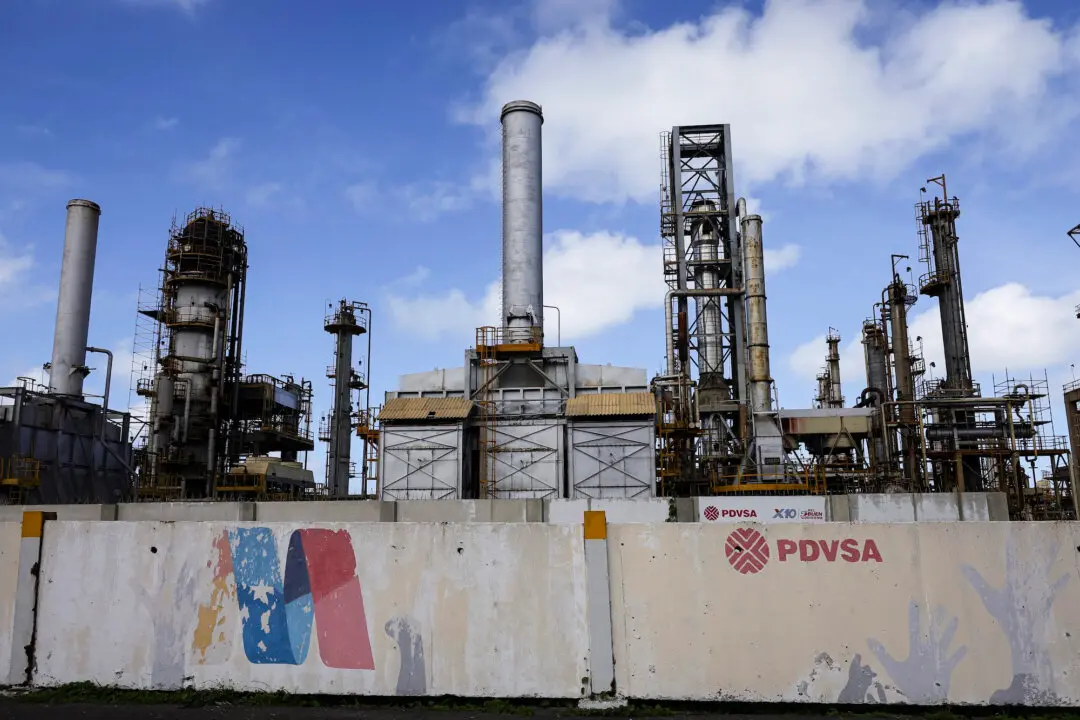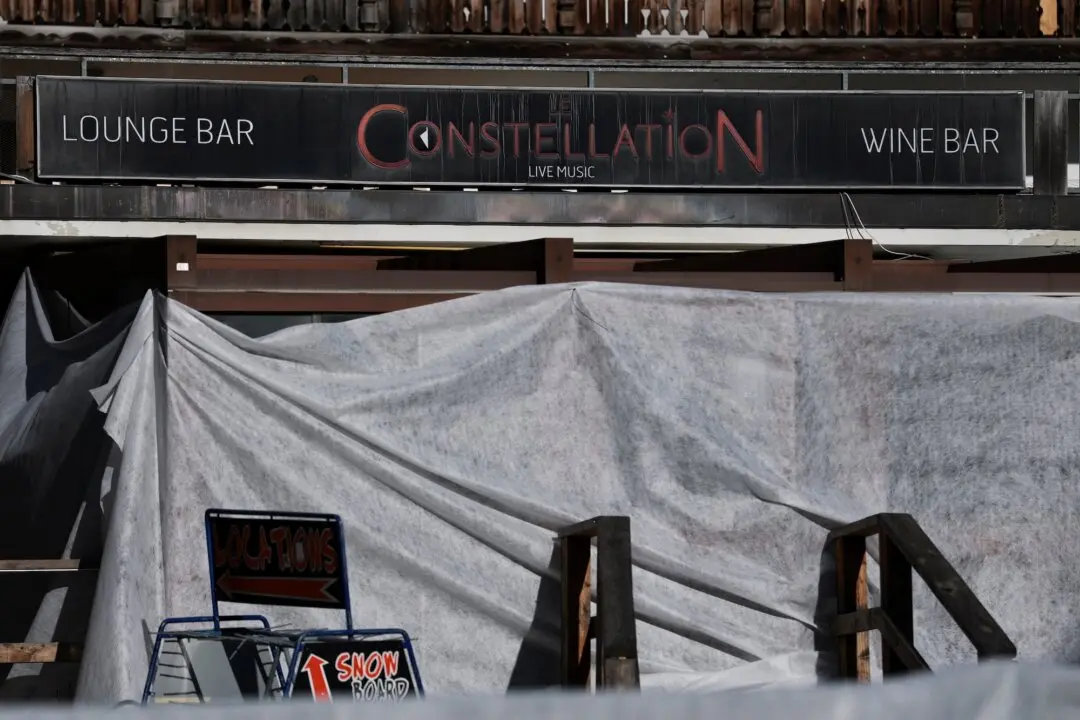LONDON—The Russian state has unleashed an online campaign of false information after the UK published proof that the novichok nerve-agent attacks in Salisbury were carried out by Russian assassins.
The British government has identified dozens of false narratives created by Russia and its proxies that push back against allegations that agents of the Russian GRU military intelligence service are behind the attack, according to The Times of London.




